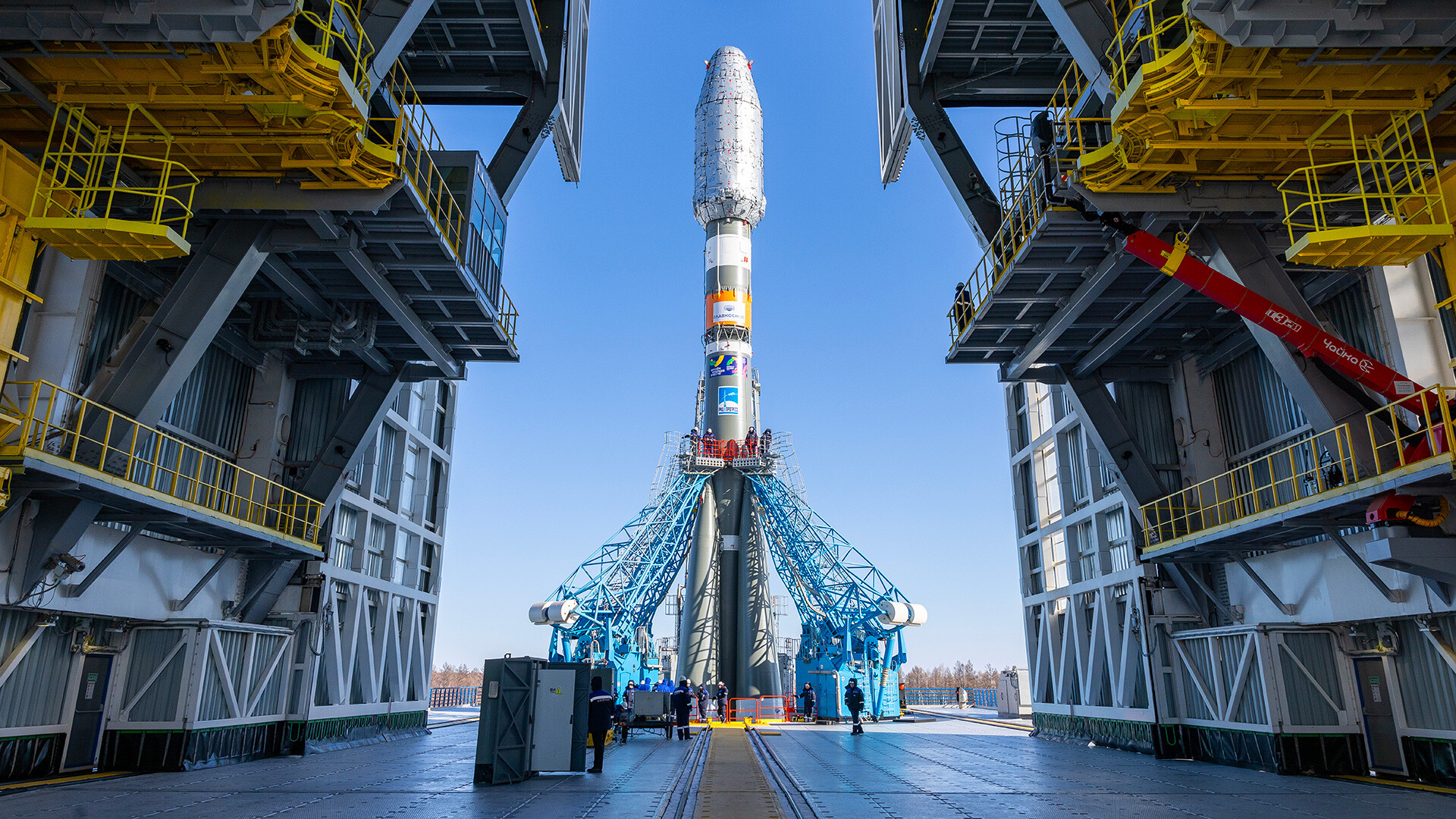
Soyuz-2.1b carrier rocket being installed on Vostochny Cosmodrome launch site
Natalya Berezhnaya/Roscosmos Media/TASSSakhalin Island is the first place in Russia to see the sun rise. It is said that the whole country's working day starts there. The region is interesting not only for this: you can see untouched wild nature, picturesque lighthouses and even whales and sea lions.
There's plenty for the industrial tourist to enjoy, too. The island has a booming fishing industry and you can ride on the world's longest island railroad.

An aerial view of the Prigorodnoye production complex on the southern shore of Sakhalin Island
Yuri Smityuk/TASSHowever, the real interest on Sakhalin is in the oil and gas industry. Russia's first liquefied natural gas (LNG) plant, the ‘Sakhalin-2’ project, was built on the shore of the ice-free Aniva Bay. Russia's first offshore oil and gas production platforms were installed there in the 'Prigorodnoye' complex. And, from there, LNG is supplied to the world market.
By the way, excursions are free of charge by appointment.
You only need to get to Sakhalin.
In Amur Region, you can explore the gold mining industry: the oldest enterprise in the region, the Solovyevsky Mine, offers tourists official excursions. You can also see how soybeans are grown (this is very common there). There are three hydroelectric power plants worth visiting. You can also look at the Baikal-Amur Mainline, which turns 50 years old in 2024.

An Angara A5 heavy lift launch vehicle blasts off from the Vostochny Cosmodrome in the Russian Far East
Sergei Savostyanov/TASSBut, the main place of attraction is the world's “youngest” cosmodrome, ‘Vostochny’. The place for it was not chosen by chance. Amur Region has low seismicity, good weather conditions and high stability of the atmosphere. There are a lot of empty and safe fields for the re-entry of launched rockets; besides, they can go into two orbits at once - geostationary (parallel to the equator) and polar (at an angle of 90 degrees in relation to the equator). Back in Soviet times, the movements of the geographic poles were studied there.

Soyuz-2.1b carrier rocket being installed on Vostochny Cosmodrome launch site
Natalya Berezhnaya/Roscosmos Media/TASSIndustrial tourists can see the launch pad, from which rockets head off to space, as well as the no less interesting technical complex of the cosmodrome with a variety of substations, communication stations and refueling blocks.
A list of travel agencies that organize trips to ‘Vostochny’ can be found here.
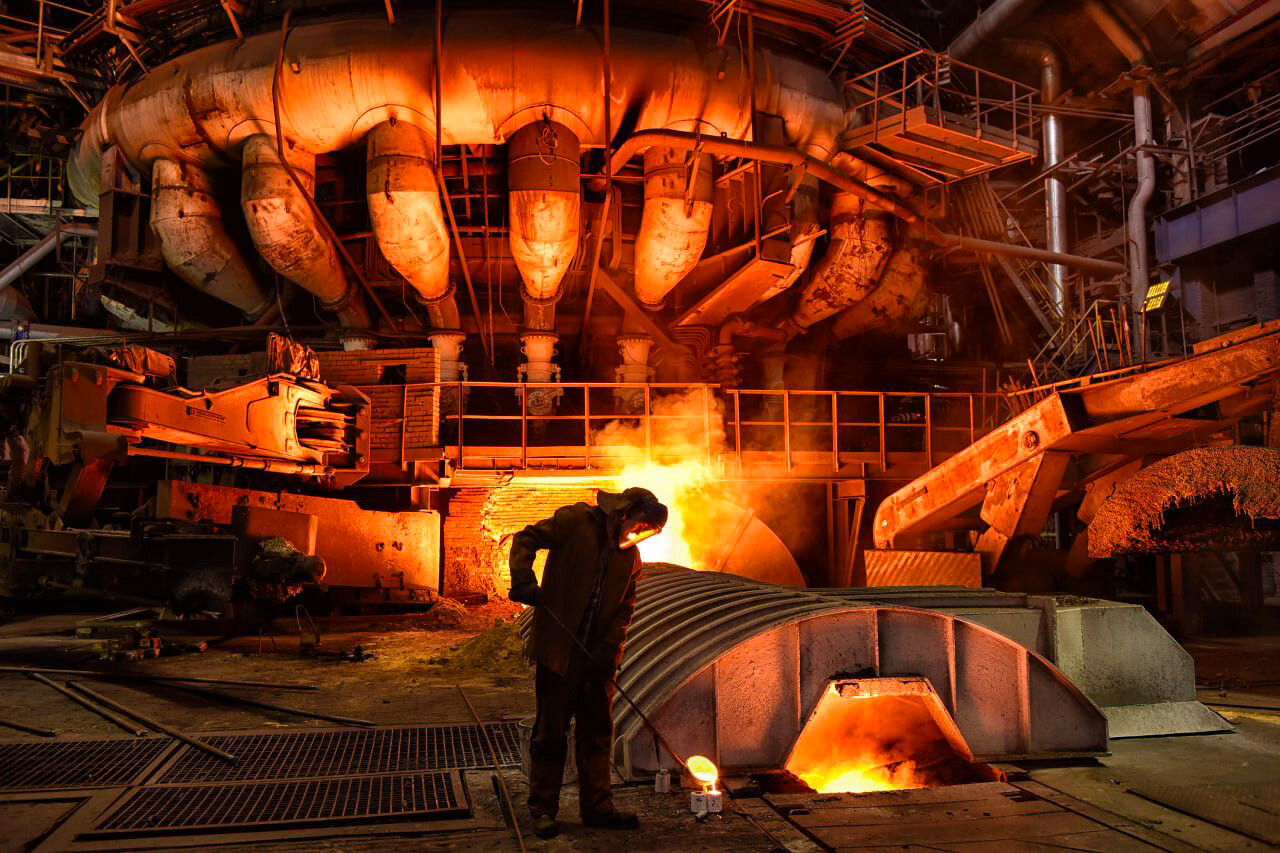
Active blast furnaces and splashes of burning metal
Magnitogorsk Iron and Steel WorksThe Urals city of Magnitogorsk in Chelyabinsk Region is dubbed the “steel heart” of Russia. The first pig iron from the blast furnace of the Magnitogorsk Iron and Steel Works was produced in 1932. Now known throughout the world, this plant was the first in Russia to become a giant of ferrous metallurgy. Chelyabinsk Region has become famous for this particular branch of industry. The iron ore collected is mainly turned into steel for cars, icebreakers, household appliances and coins.
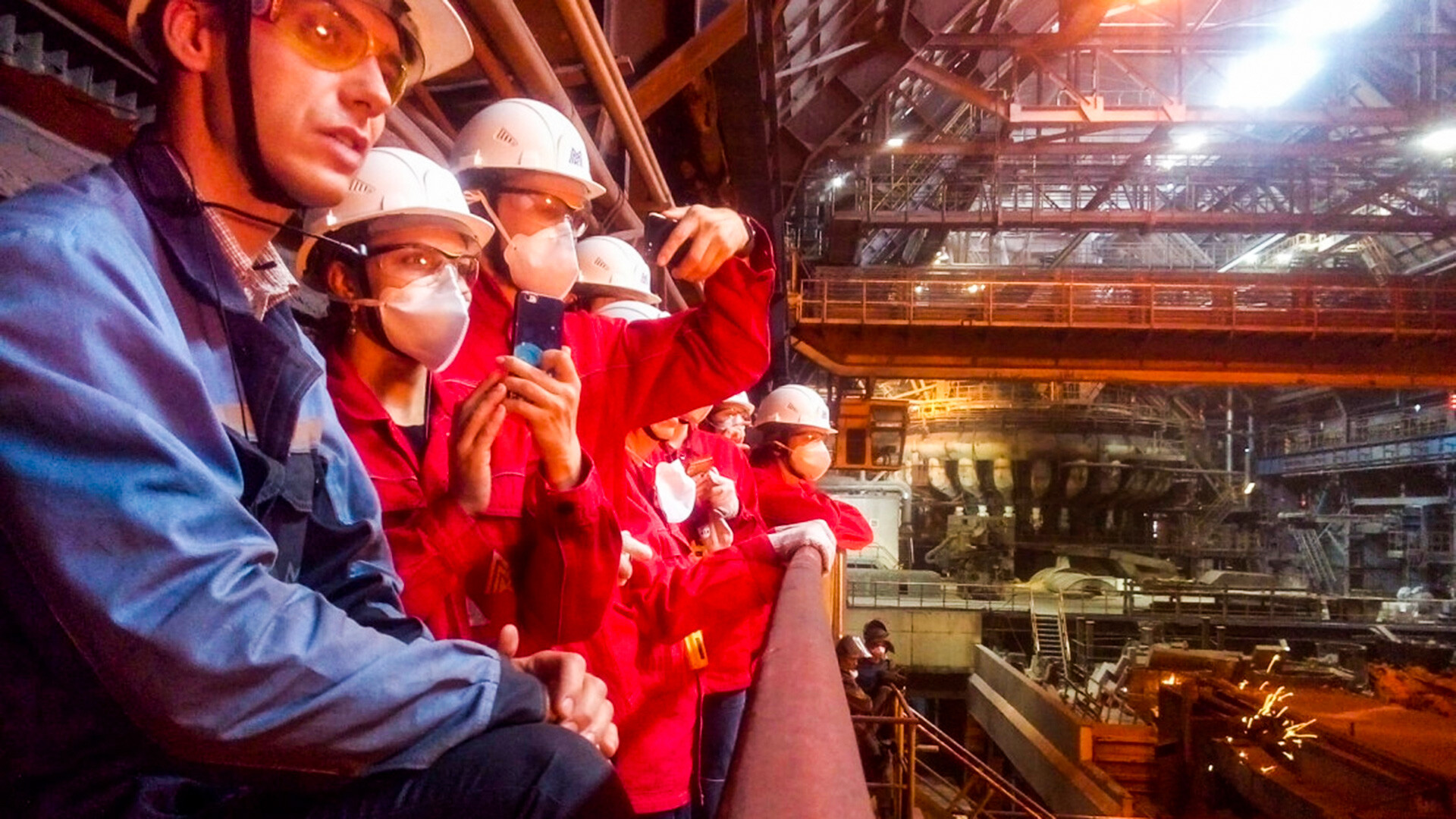
Tourists at 'Magnitka'
Magnitogorsk Iron and Steel WorksOn a tour of the famous Magnitogorsk plant, a very spectacular route complete with active blast furnaces and splashes of burning metal awaits the industrial tourist (of course, safety is taken care of with special attention).
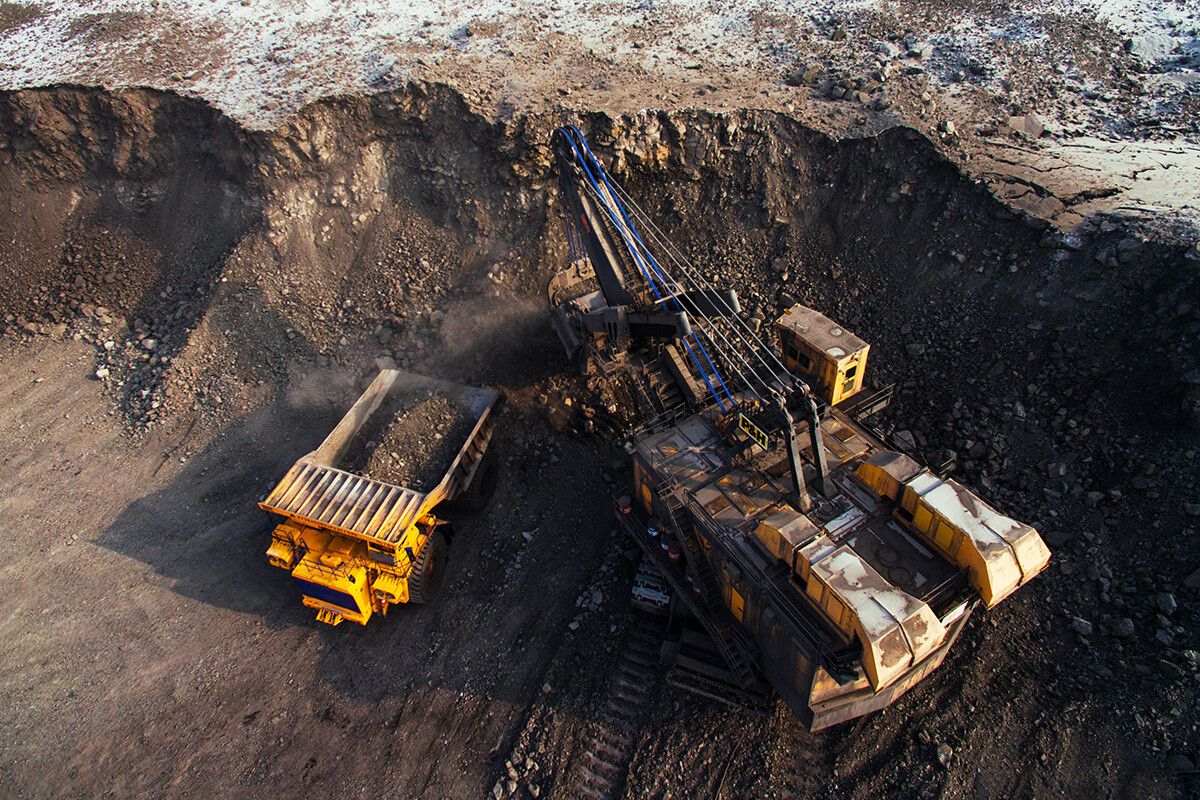
Coal mining in Kemerovo
Alexander Kryazhev/SputnikThe Kuznetsk coal basin (Kuzbass) in the south of Western Siberia is one of the largest coal deposits in the world. An expedition to study and develop local deposits was organized for the first time under Peter the Great back in the early 18th century.
Today, the ‘Kedrovsky’ coal mine operates in the city Kemerovo. This mining enterprise was designed to develop coal deposits by open-pit mining. Industrial tourists can admire the section, take selfies in front of vast coal “horizons”, as they are nicknamed, and climb the 220-ton ‘BELAZ’ dump truck, which has transported more than 8 million cubic meters of rock mass since 2011. You can also visit the miners' control rooms.
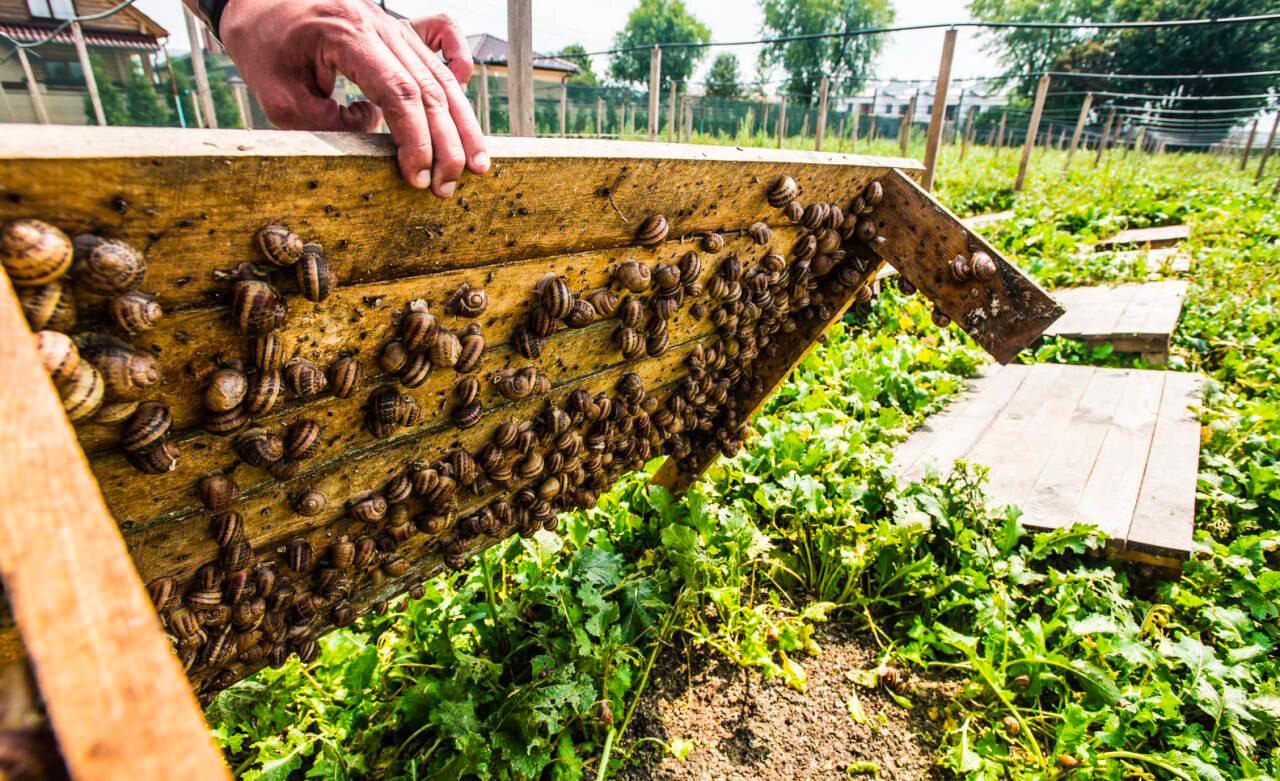
Have you seen snail farming?
Mama Dyoma farmPeople who visit Crimea see it as a seaside resort with ancient wine cellars. And, in Sevastopol, you can visit a submarine repair shop.
But, there are also unusual industries. For example, a large snail farm. It was opened by locals and soon became a mecca for gastro-tourism on the peninsula. On a tour of the farm you will visit a snail farm, a terrarium for keeping snails, learn interesting facts about them (for example, did you know that they contain more protein than chicken eggs?) and try “Crimean-style snail”. At the ‘Mama Dyoma’ farm, snails are cooked not according to the classic French recipe, but in a new way to maximally preserve the beneficial vitamins and trace elements of these ecologically clean mollusks.
You can find information about dozens of other enterprise excursions in 36 regions of Russia in the new ‘Everyone - to the plant!’ guidebook. You can download here (only available in Russian).
Dear readers,
Our website and social media accounts are under threat of being restricted or banned, due to the current circumstances. So, to keep up with our latest content, simply do the following:
If using any of Russia Beyond's content, partly or in full, always provide an active hyperlink to the original material.
Subscribe
to our newsletter!
Get the week's best stories straight to your inbox